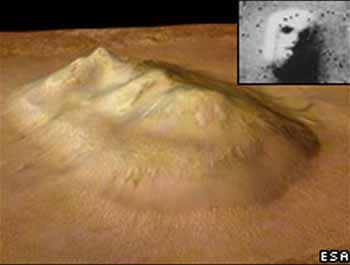
In his book, Proctor wrote: “Processes are at work out yonder in space which appear utterly useless, a real waste of Nature’s energies, unless, like their correlatives on earth, they subserve the wants of organized beings.”Īll the speculation about life influenced how subsequent maps of Mars were interpreted. It was around this time that speculation about the habitability of Mars picked up steam, spurred by the vision of continents and seas similar to those on Earth. And he was the first to label these features, honoring famous astronomers who had contributed observations of Mars with names like Cassini Land, Dawes Ocean, J. Proctor interpreted Mars's light and dark spots as continents and seas, with ice caps at each planetary pole. The British astronomer Richard Proctor based his maps on Dawes’ drawings, including the one above published in his 1870 book Other Worlds Than Ours. Dawes, who had a reputation for being eagle-eyed.

Some of the best sketches from this period came from Reverend W.

In the ensuing decades, many more scientists tried observing and sketching the features of Mars, and they argued over whether the dark areas were seas. But many of the features are identifiable today, such as the large, bright impact crater Hellas Planitia and the dark Solis Lacus, the “Eye of Mars.” All of Mädler and Beer’s maps, which were based on their own telescope observations of the planet, basically consisted of dark splotches on a white background. In the following years they made several maps of Mars, including the one above from 1840. Their prime meridian is still used today and is where the Meridiani Planum region of Mars gets its name. In 1831 they began putting what they thought might be permanent geologic features onto a geographic grid, and they established a global coordinate system for Mars. But German astronomers Johann Mädler and Wilhelm Beer made the first true map of Mars. Giovanni Cassini, William Herschel, Robert Hooke, and Christiaan Huygens all tried their hand at drawing the planet’s basic features in the 17th and 18th centuries. As telescopes improved and the planet’s surface began slowly coming into focus, scientists started sketching what they saw. Galileo Galilei was the first to look at Mars through a telescope in 1610, but he couldn’t see any detail. 1600s to the 1880s: Light and Dark Become Land and Sea

And sometimes it was the maps themselves that shaped people’s view of Mars.įrom our earliest sketches of blobs and shadows, to the suspicion of Martian-made canals, to our fine-tuned understanding of the planet’s gravity, maps of Mars have both informed us and inspired our imaginations. The maps reflected their evolving ideas about the planet-what it was made of, whether it was habitable, who might be living there. Scientists and cartographers had far less to go on before there were so many robots studying Mars on humans’ behalf, but that didn’t stop them from making maps. “In many ways Mars is better mapped than Earth, as no features are hidden from study,” says National Geographic’s planetary cartographer Matt Chwastyk. This month, National Geographic magazine published a beautifully detailed new map of Mars based on the latest imagery and data from these missions.
#FACE OF MARS GOOGLE EARTH SERIES#
National Geographic Channel is currently in production on MARS, a global event series set to premiere on November 14.


 0 kommentar(er)
0 kommentar(er)
